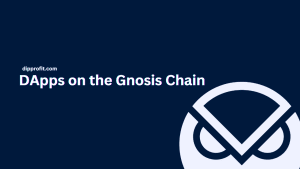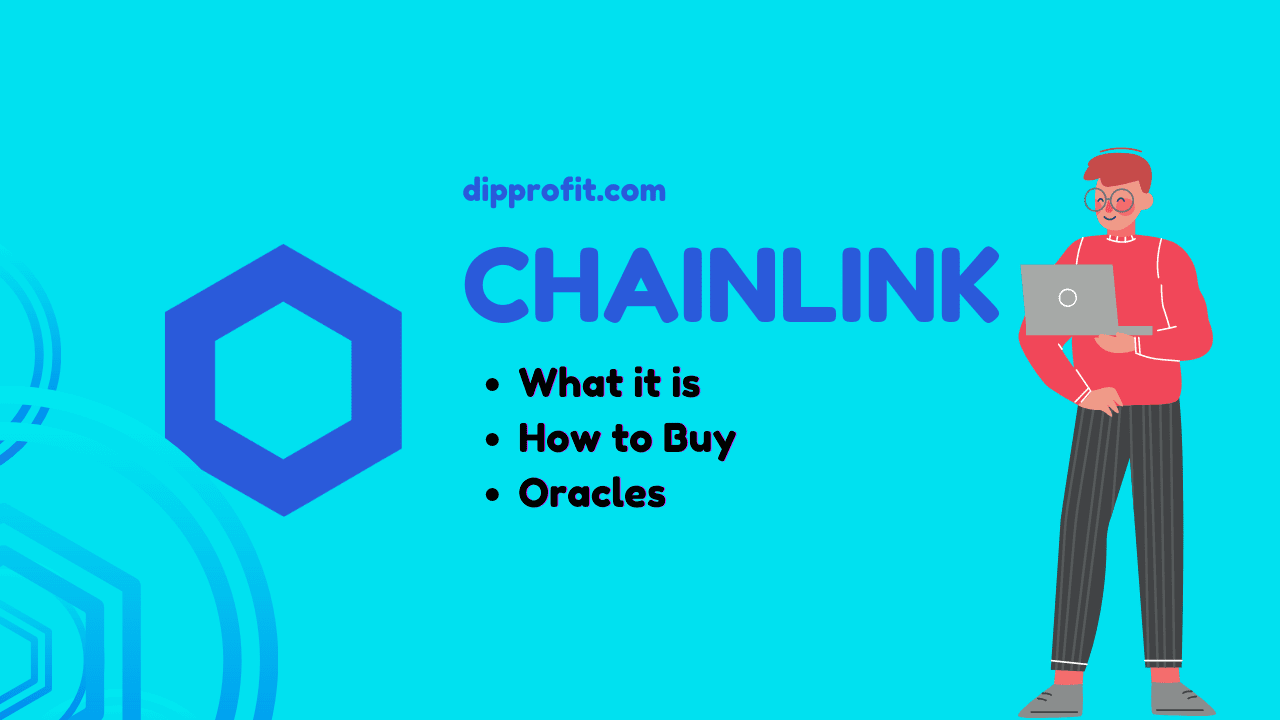Gnosis aims to provide an open-source infrastructure for prediction markets built on the Ethereum (ETH) blockchain.
For those unfamiliar with prediction markets, prediction markets are a type of marketplace where buyers and traders where users and traders trade the events often restricted by regulators.
The Gnosis DAO (Decentralized Autonomous Organization) is a prominent project within the blockchain and cryptocurrency space.
Gnosis, the organization behind the DAO, aims to create a decentralized platform that enables the development and governance of prediction markets, decentralized finance (DeFi) protocols, and other blockchain-based applications.
See also: Blockchain Nodes: The Backbone of Decentralized Networks
Operations of the Gnosis DAO

The Gnosis DAO operates on a decentralized governance model, allowing token holders to participate in decision-making processes. The governance structure ensures that community members have a say in the direction and development of the platform.
The native staking token of Gnosis and the governance token for the GnosisDAO is called GNO. Token holders can use GNO to participate in the government by voting on proposals that coherently shape the platform’s future.

GNO token holders may also receive rewards or fees generated by the various decentralized applications built on top of Gnosis.
The Gnosis DAO also emphasizes the creation and operation of prediction markets.
These markets enable participants to make predictions and trade shares based on the outcome of future events. By taking advantage of the collective wisdom of participants, Gnosis aims to facilitate accurate predictions on a wide range of topics, including politics, sports, and finance.
Gnosis also operates a decentralized exchange protocol called Gnosis Protocol. It enables peer-to-peer trading of digital assets and supports features like batch auctions, which provide efficient price discovery and reduced transaction fees.
Moreover, the Gnosis DAO is built on open-source principles, allowing developers to contribute to the platform’s ecosystem which has since been followed up with a quote “Community-Powered, Developer Focused”.
DApps Powered by Gnosis
DApps open doors to a large number of possibilities. They offer alternatives to traditional systems, where trust is built into the code and enforced by consensus mechanisms.
No longer must we rely solely on intermediaries to conduct transactions, access financial services, or create and exchange digital assets. DApps provide direct peer-to-peer interactions, fostering collaboration and innovation.
These applications are used in various industries for different purposes which enable wider applications in our everyday life and transform the usual traditional processes.

In the Gnosis DAO, there are also some DApps that have been built on the blockchain. To access a full library of all the decentralized applications on the Gnosis Chain, go here: Gnosis World.
They all range from Infrastructure, DeFi, NFT, decentralized wallets, and even Node Providers. All these decentralized applications have their specific purposes and contribute to the broader goal of creating a decentralized and inclusive digital ecosystem.
Each category serves a unique function, with infrastructure solutions providing the backbone for decentralized applications to operate efficiently.
See also: The Top Web3 Decentralized Applications in 2023 and how they work
DeFi applications revolutionize financial services by enabling immediate transactions and removing intermediaries. NFT marketplaces empower creators and collectors by facilitating the creation, ownership, and trading of unique digital assets.
Decentralized wallets, on the other hand, ensure the secure storage and management of digital assets, granting individuals full control over their funds while node providers play a vital role in maintaining the integrity and decentralization of blockchain networks by hosting and validating transactions.
Altogether, these decentralized applications are driving the paradigm shift towards a more transparent, accessible, and user-centric internet.
The Gnosis Chain and Ecosystem
Gnosis Chain is an L1 POS (proof of service), EVM-compatible chain that is compatible with Ethereum and you could build on it just like you would with Ethereum and other blockchains.
It also operates on a Dual Token System, with the tokens, xDAI for gas fees and GNO for staking.
The xDAI token is pegged one-to-one with the USD, which is also derived from DAI on Ethereum.

What this implies is that transactions are very very cheap on the system which gives users and holders to perform as many as 100k transactions with a little amount of $100 due to this feature.
The dual token system that the Gnosis Chain operates on makes the chain able to make staking very seamless and instant.
Gnosis Chain also brags to have a very community-powered and focused chain where all power and governance is given to its DAO as I have already mentioned in the earlier sections.
They also aim to be the most decentralized blockchain which prioritizes validator experience by making it easier to become a validator with just a few clicks. In the few years since they went mainstream, the chain has grown a robust ecosystem of tools and infrastructure to support the deployment of dapps, DAOs, and more.

The Gnosis Ecosystem consists of a collection of decentralized applications (DApps), protocols, and services developed by Gnosis and its community.
These components work in harmony to offer innovative solutions across different sectors, such as finance, governance, prediction markets, and more.
Why Build on Gnosis Chain?
Gnosis Chain is the second most decentralized chain with over 115 validators, it is a very decentralized chain.
Gnosis Chain has made it very possible for all users to become a validator. It is intuitive and affordable.
Transactions on Gnosis Chain are very fast with an average time of 5 seconds and building on the chain is also cheap.
Lastly, it is very scalable, in terms of transactions with the xDAI stablecoin, the transaction fees are predictable and minute and aren’t subject to market volatility.
It also boasts of a grant program for users building on the blockchain. This grant program on the Gnosis DAO allows a specific amount to be granted to given for projects approved by the DAO.
By establishing the Gnosis DAO, Gnosis seeks to empower individuals, foster decentralized governance, and unlock new possibilities in the digital realm.
These initiatives will contribute to the larger vision of a decentralized future, where individuals have greater control over their digital experiences and where trust is surmounted.


